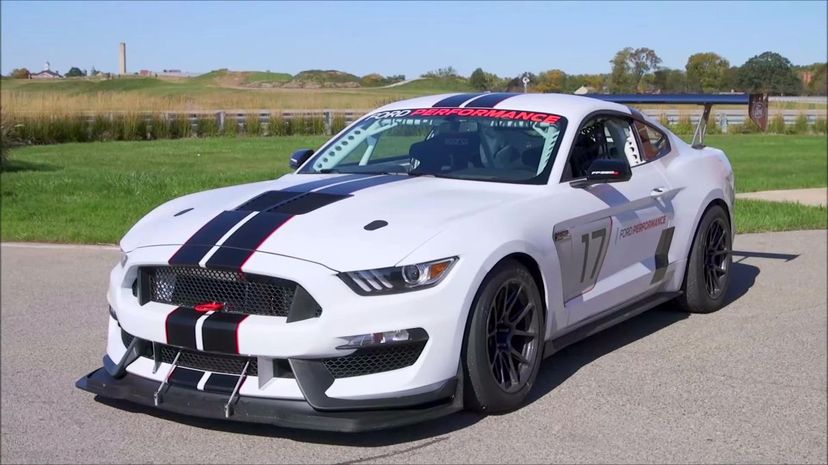
About This Quiz
They're the "Top Guns" of driving. They're the best of the best. They are, literally, the top .18% of some of the world's best drivers. They are the Ford Tier 4 test drivers, and their job is to make sure that the Ford vehicles that show up on the dealership floor and put into the hands of customers are the safest cars the company can make. To car enthusiasts in general - and Ford fanatics in particular - they have the coolest job in the world, but how much do you know about these elite drivers?
Ford put its "tier" system into place in 2001 as a way of ensuring that drivers are trained and prepared to test vehicles in different situations, with each advancing tier able to handle more difficult tasks. Tier 4 is the last tier, and its drivers show what a vehicle can truly do.
The main goal of these drivers is to give their feedback to the engineers responsible for designing the vehicles. Simulations can only go so far. To get real-world information about a car, you have to have someone drive it, and there's no one better for the job than a Tier 4 driver.
It's a rigorous training program, with very few reaching Tier 3 and even fewer awarded with the elite Tier 4 rating. So, how much do you know about the program and what it takes to make the grade? This quiz will shed some light on these heroes of the test track. Are you ready to push your knowledge to the limit on the track? Let's go!
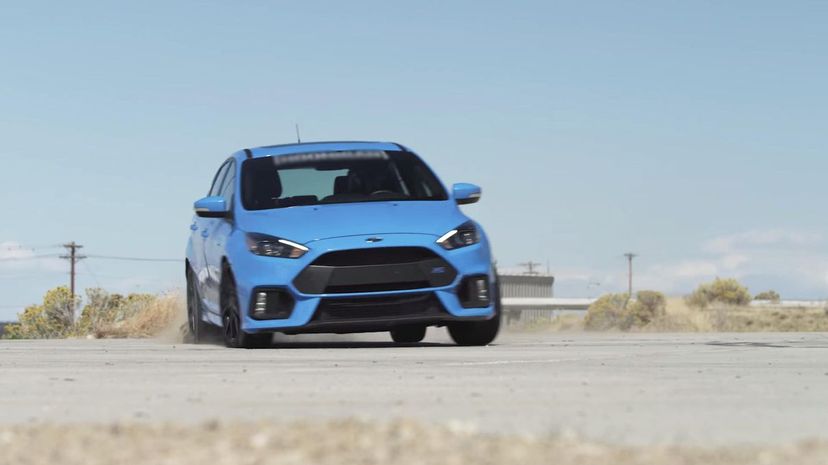
A "drift" happens when the driver deliberately oversteers the vehicle, losing traction in the rear wheels going through a corner but is still being in control. It's a tricky maneuver but can tell the driver - who can tell the engineer - more about how the vehicle handles.
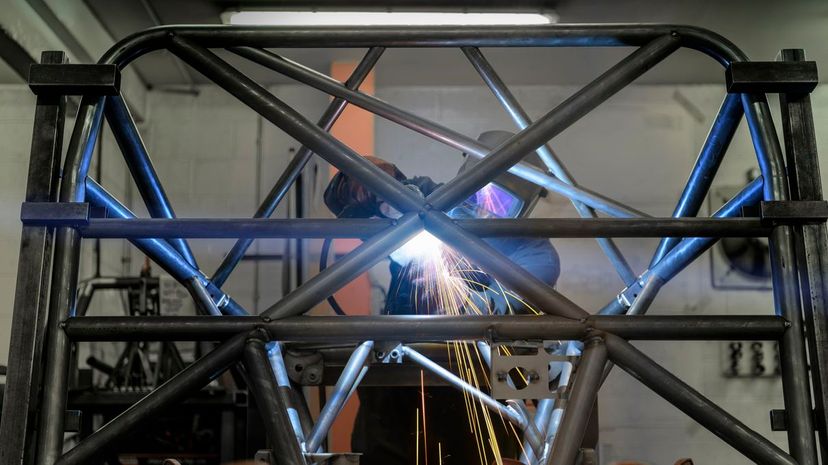
A roll cage is a frame built within a car's frame that is designed to protect the driver and passenger in the event of a rollover or other accident. The vehicles Tier 4 candidates train in roll cages - in the case of the training truck, the cage is outside of the frame, which is known as an "exo cage."

To test a vehicle and stress it to its limits, the driver has to know their car and their own abilities to get useful, actionable data and information. The vast majority of ordinary drivers will never put their vehicles into the situations that Tier 4 drivers do, but this type of testing ensures that the car will meet the "everyday" needs of customers.
Advertisement
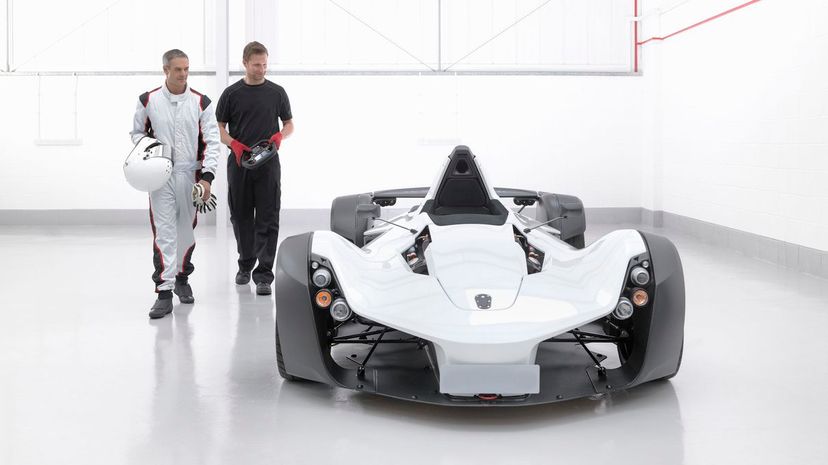
The drivers' main goal is to gather information about their experience with the vehicle and then give feedback to the engineers responsible for its design. By offering "real-world" information, rather than data collected in simulations, the drivers provide designers with crucial information to improve the vehicle.

No matter how trained and prepared a driver may be, when testing vehicles at this level, it's wise to be prepared for anything. Test drivers wear helmets and fire-resistant clothing just in case something goes disastrously wrong so they can do it all again the next day.
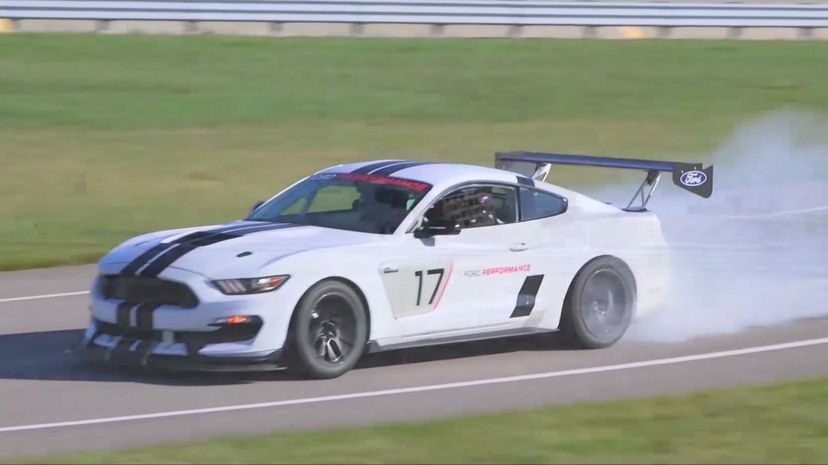
The goal of making drivers training for Tier 4 certification to push the Mustang PF350S to its limit is to train them to know - automatically - what to do in any situation so they can pay attention to how the vehicle they are testing is performing, rather than worrying about their own reactions. By "forgetting" about their own driving, they can provide better feedback about the automobiles they test.
Advertisement
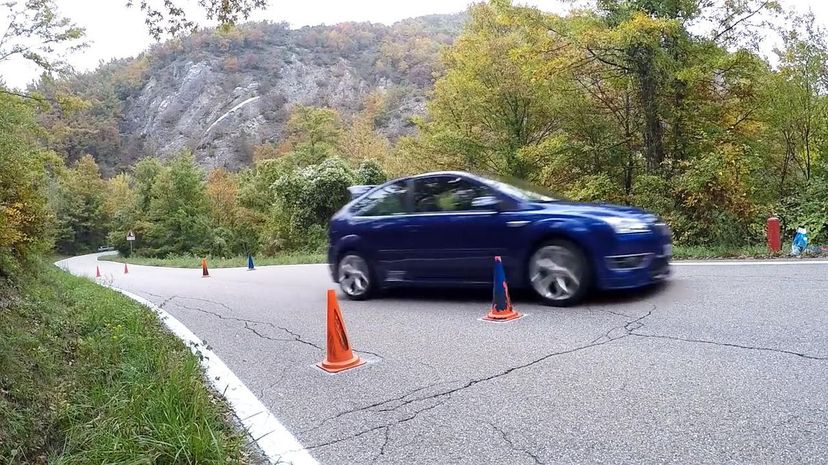
Driving a vehicle from side to side, often to avoid hitting cones put out for the exercise, is a great way to test a vehicle's stability when it comes to tight maneuvers. The truck used to test Tier 4 candidates is equipped with outriggers to avoid overturning the vehicle.
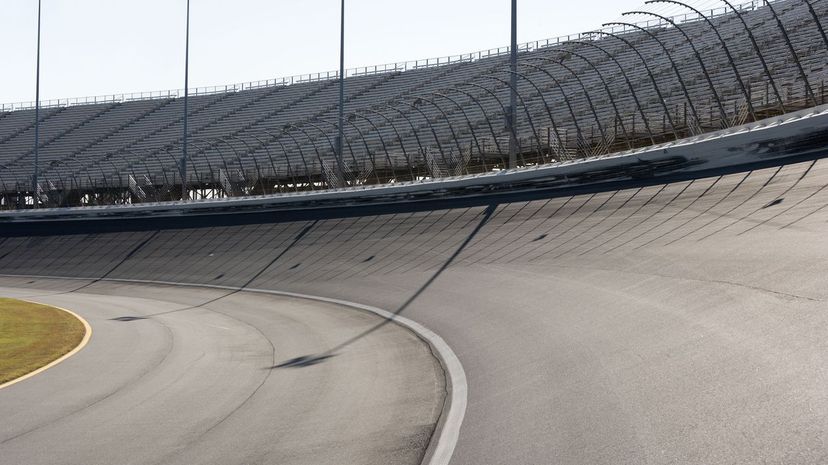
The Dearborn Development Center offers drivers and engineers the opportunity to test their vehicles on roads and in conditions that consumers may find themselves driving (and some, like high-banked curves, that they may not). Real-world situations give designers information that flat, perfectly smooth roads alone will not.

Tier 3 certified drivers have undergone extra training and are cleared to conduct stability control and braking tests, along with other maneuvers. While they are limited to a top speed of 150 mpg, they are professionals who know how to handle the vehicle in a number of situations safely.
Advertisement

The "Buggy O' Fun" is a specially modified Explorer Sport Trac that has had a system of adjustable weights, outriggers and a roll cage added to test drivers on their ability to put a top-heavy vehicle on two wheels and get it back under control safely. It was developed to address rollover concerns in SUVs in the late 1990s.
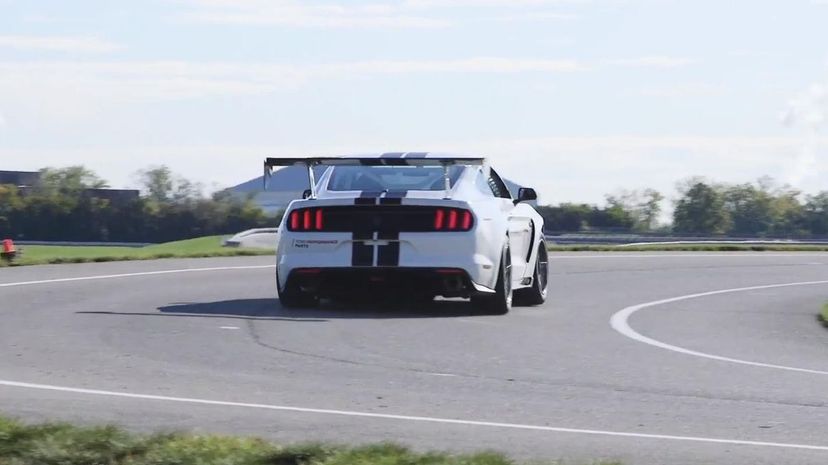
The "performance" vehicle used in Tier 4 testing and certification is a Mustang FP350S, a special racing variant of the Shelby GT350R. It was made in 2017, and only 50 units of this model were ever offered for sale. The Mustang used for testing has been further modified.
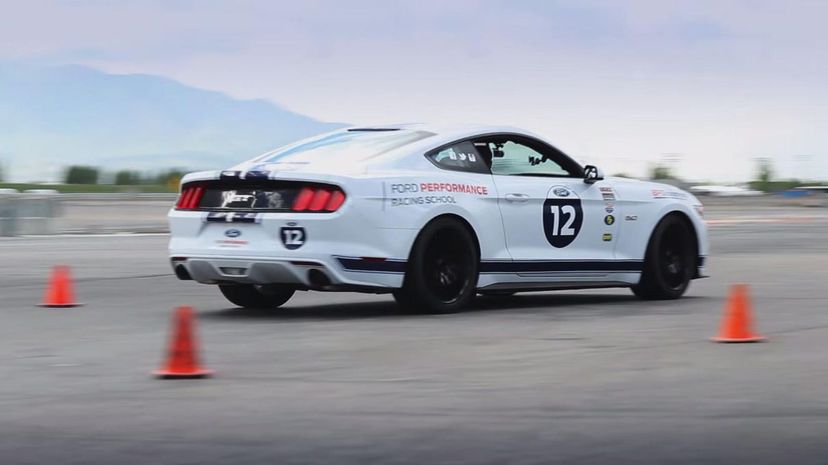
Test driving at this level isn't for the faint of heart, and Tier 4 drivers must be comfortable maneuvering a vehicle in ways that test its design and control features. These skills and more are necessary to give engineers feedback on improving designs.
Advertisement
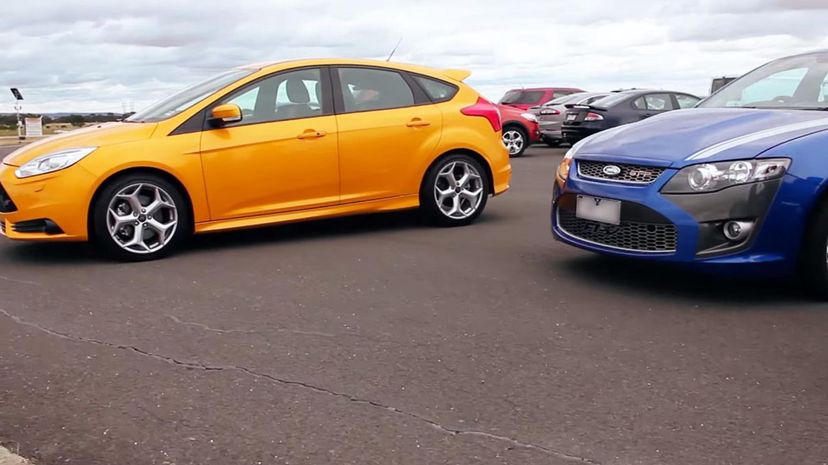
To reach Tier 2, a Tier 1 certified driver undergoes training and testing to ensure they can safely handle the vehicle in situations the average driver could reasonably find themselves in and then provide feedback about their experiences. Ford estimates that about 95% of the consumer's expected experiences with the vehicles fall within Tier 2 testing.

One of the main qualities a test driver must have is the ability not only to perform a maneuver but also to be able to deliver that maneuver again and again with a high level of consistency. This allows the engineers to look at a bigger set of useful data, rather than a "one-off" experience.
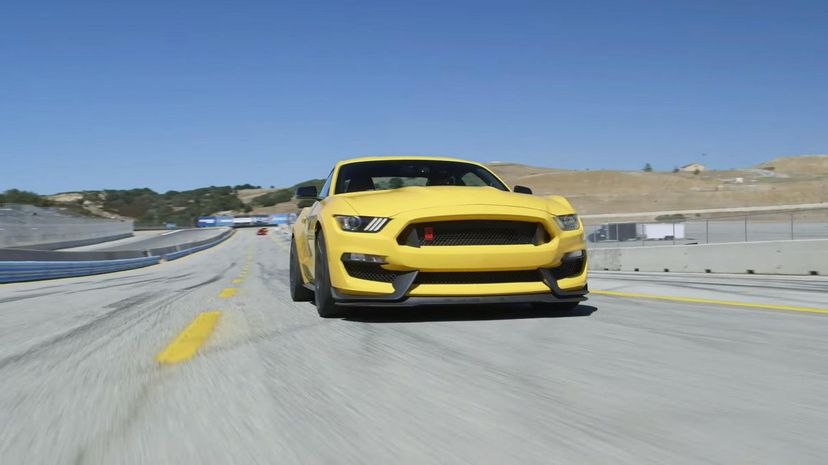
To pass and earn Tier 4 certification, a student must come within 2.5% of their instructor's lap time. To earn the Tier 3 certification, they must be within 4.5%. While it's not a competition, these times set the bar for what is expected from test drivers.
Advertisement

The ability to communicate findings to designers is one of the top skills needed in test driving prototype vehicles - it's how the engineers know what is working and what needs more work. Being able to write and communicate clearly about an automobile goes a long way into becoming an effective partner for the designers.
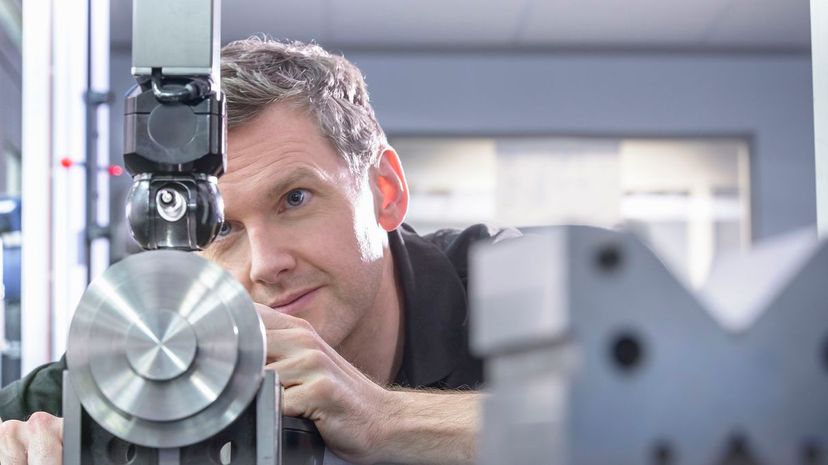
While it's not a requirement to have a college degree to become a test driver, a solid understanding of mechanical engineering, and especially automotive engineering, goes a long way in effectively communicating findings and experiences to those professionals who are designing the automobile.
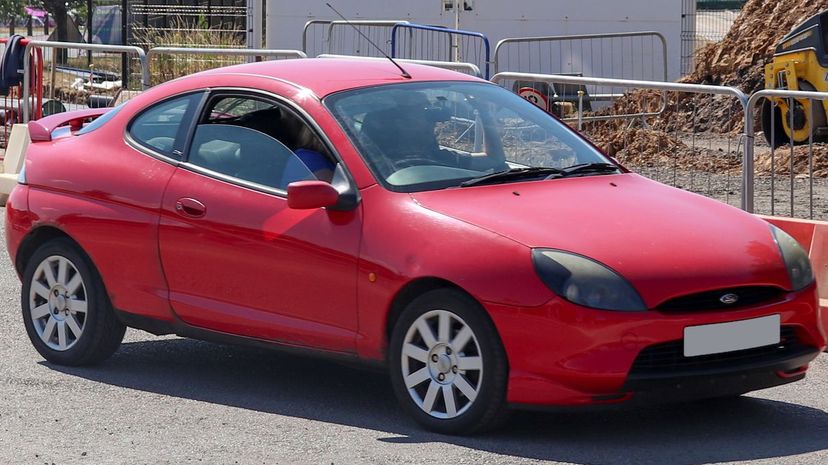
To get the best data from its staff of test drivers, Ford put into place the four-tier system in 2001. This allowed the bulk of the data to come from those who were qualified but not trained to elite status while offering those with the talent and skills to push vehicles to their limit to give feedback only they could offer.
Advertisement

Earning Tier 4 certification is the top honor in the Ford test-driving program and only open to those who have shown talent, determination and persistence. Also, before Tier 4 training begins, the student must be nominated by their manager.
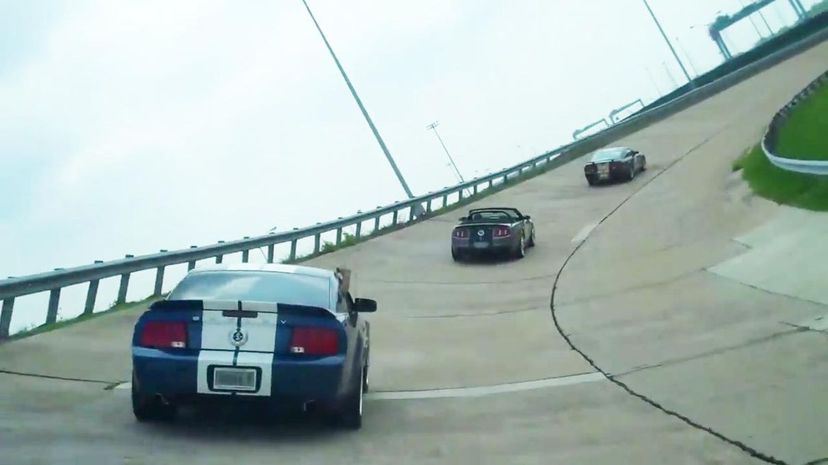
Ford Motor Company's proving grounds, where Tier 4 drivers are certified, are a part of the Dearborn Development Center, a 365-acre facility with 70 miles of test track made to be able to duplicate any road or weather conditions the company's vehicles might encounter.

Tier 4 drivers are usually tapped to test vehicles from multiple programs, while Tier 3 drivers are often assigned to particular projects and stay with those vehicles during development and testing.
Advertisement

Ford produces a lot of vehicles on the global stage, and each of them has to be tested on several different levels, from "everyday" usage to stressed operations to ensure that the vehicle is more-than-reasonably safe for consumers. Ford has 11,000 drivers around the world who are key components to achieving this goal.

Becoming a test driver doesn't require a college degree. To be successful, a candidate must be able to communicate clearly above all - their main job is to provide feedback to designers about how the vehicle handles and what their experience was like. An understanding of the mechanics of the machines involved is also fundamental.

Engineers don't have to have elite training to test out the vehicles they are designing, but they do require some practice to test out their ideas in the real world safely. Those who hold Tier 2 certification can put their projects to the test - up to a degree - and get first-hand knowledge and information about their vehicles.
Advertisement
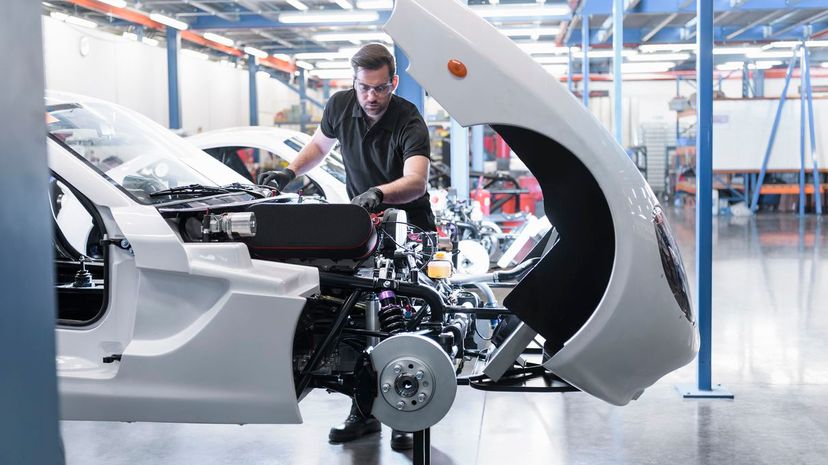
Ford engineers often work on more than one product line, and that includes "performance" machines. This crossover helps move technology that was once considered "racing" tech into the consumer market. Test drivers are key in providing feedback that helps this transition between product lines, as well.
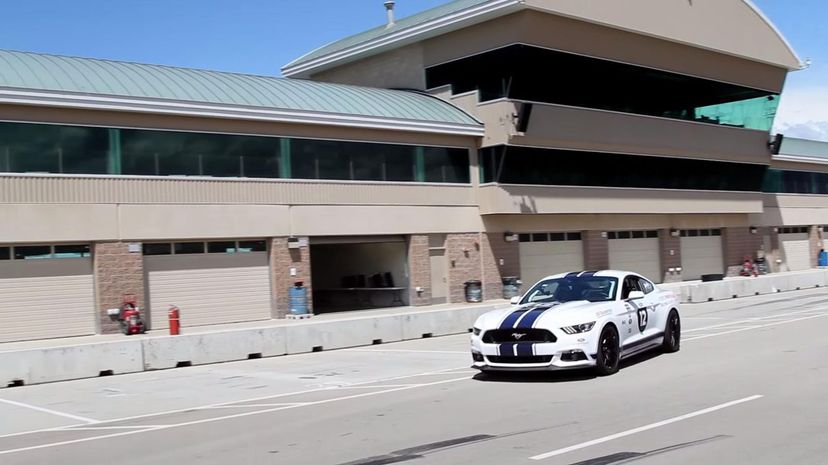
The vehicles used in the testing and training of test drivers are equipped with two seats, with the instructor being able to observe the candidate's performance first hand.
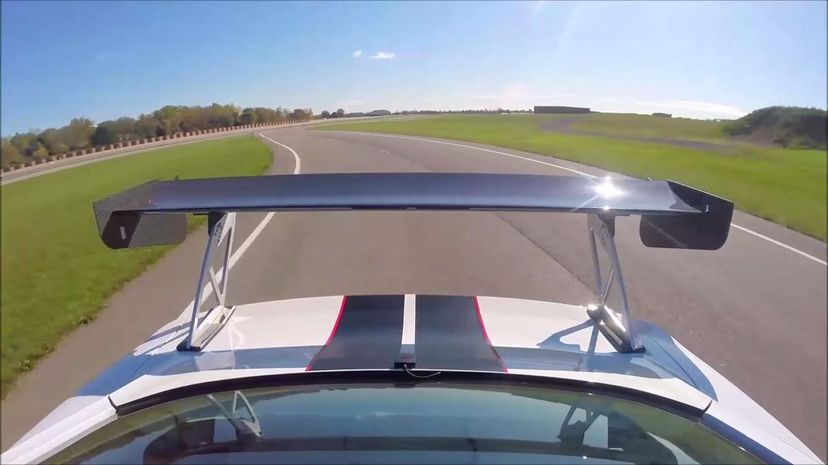
The Ford Performance Shelby FP350S is a monster of a vehicle, with a 5.2-liter V8 that can generate more than 500 horsepower. This specially designed version of the Shelby GT350R also has modified suspensions and a six-point roll cage. It takes a special kind of driver to tame this beast.
Advertisement

Before they can even consider Tier 4 training, drivers must achieve Tier 3 status, which isn't an easy level to attain - about 35% of those taking the tests fail the test. Ford wants to make sure only qualified drivers are put behind the wheel when it comes time to stress a vehicle on the track.
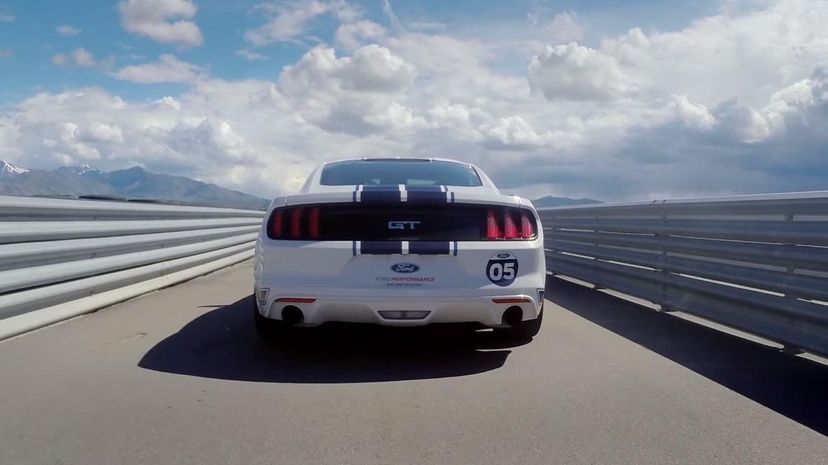
The vehicle used in training and testing Tier 4 candidates is equipped with a data acquisition system that measures up to 50 different elements during the ride, including information about the student's braking, steering and other handling metrics.
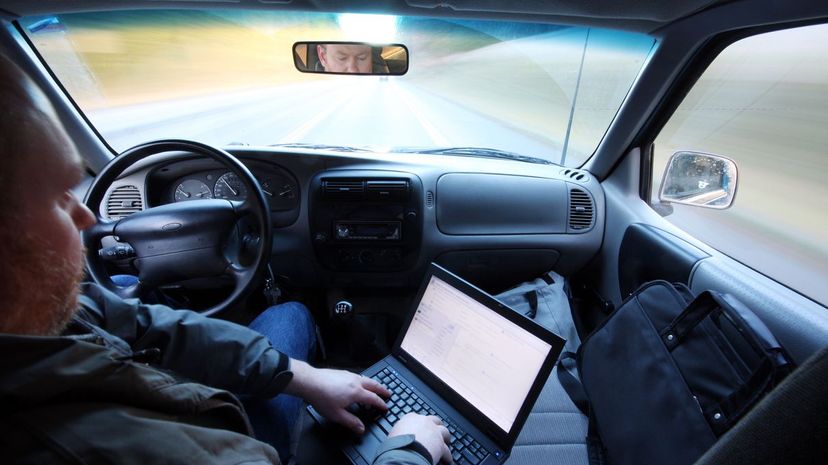
The Electronic Driver Certification Tracking System (EDCERTS) is the training and testing system set up by Ford that awards Tier 1 through Tier 4 status to its drivers.
Advertisement
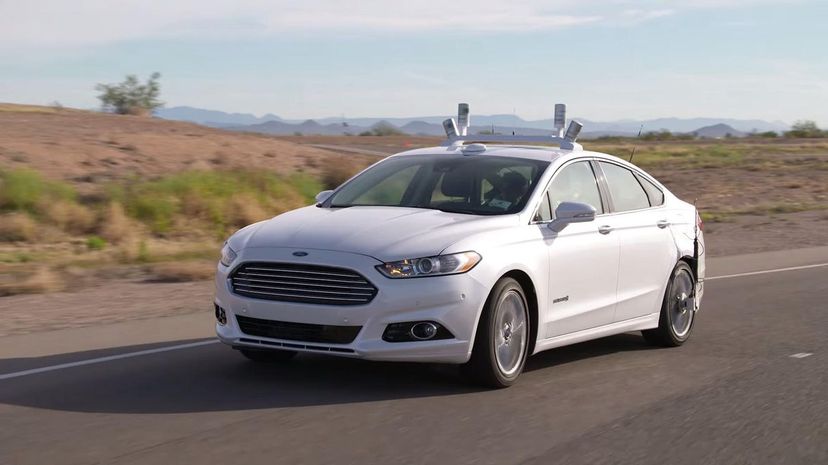
You've got to start somewhere, and anyone who wants to be a Ford test driver starts at Tier 1. The main qualification for this level is a valid driver's license. This is your ticket to the track - where you go from here is up to your determination, skills and willingness to learn.
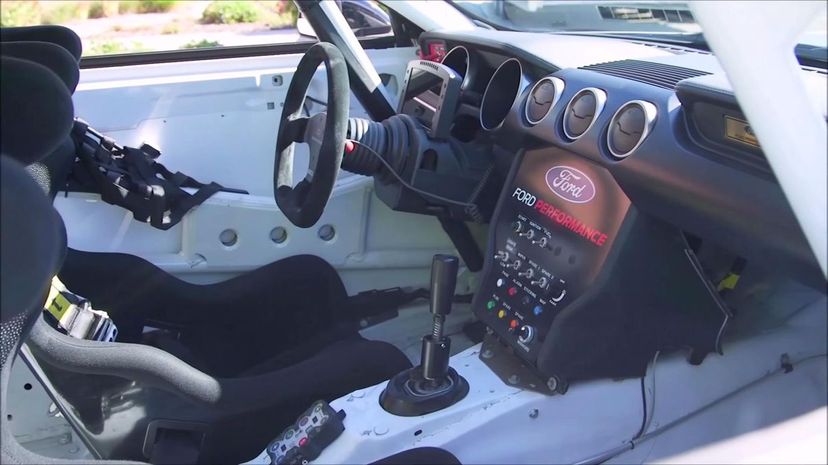
Tier 4 status is the elite level of Ford's test-driving program and is only open to the best of the best. These drivers put vehicles through maneuvers that ordinary drivers will never face to test the limits of the vehicle. Only .18% of drivers in the program reach this highest level.

To be considered a "test driver," you must achieve at least a Tier 2 level of certification. Those with only Tier 1 certification are not considered part of the group of 11,000 men and women in the Ford test-driving program.
Advertisement

While it's a notch below the elite Tier 4, Tier 3 drivers are still some of the best in the world, with only 315 drivers out of the 11,000 - or 2.8% - qualifying for this level. This is also the pool that Tier 4 drivers are selected from.
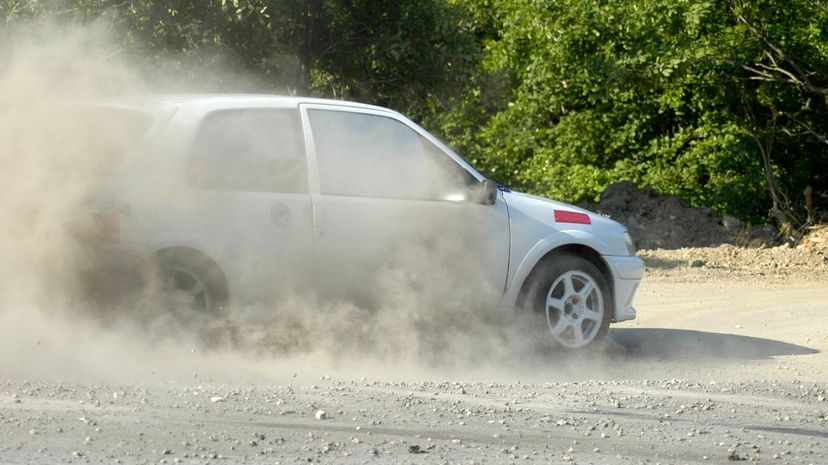
Drivers wanting Tier 4 certification must successfully complete 80 hours of training and testing before achieving this status. This training is done over the course of several weeks and pushes the driver to their limits as they push their vehicles to the limit.